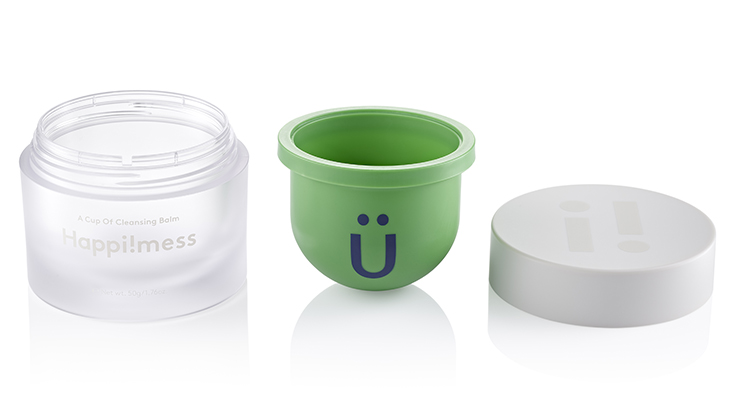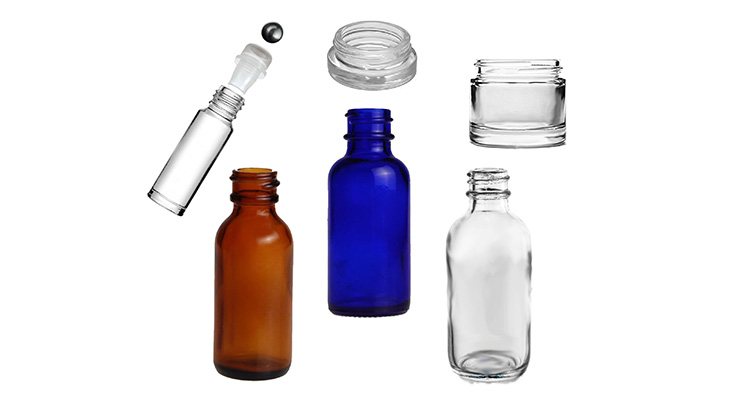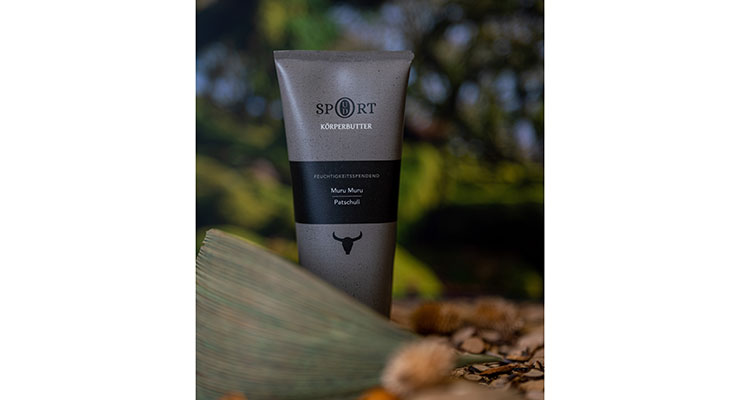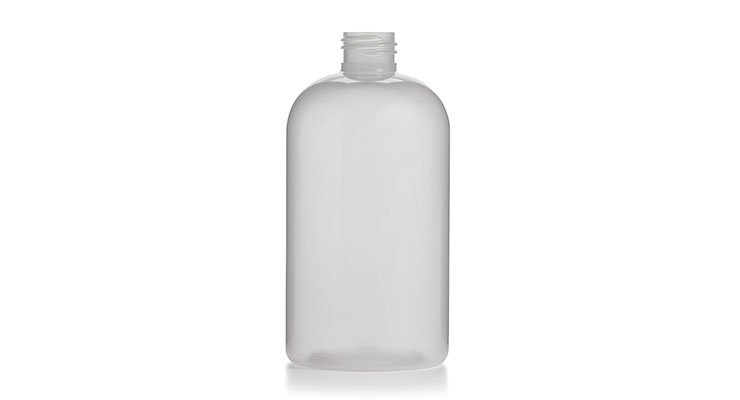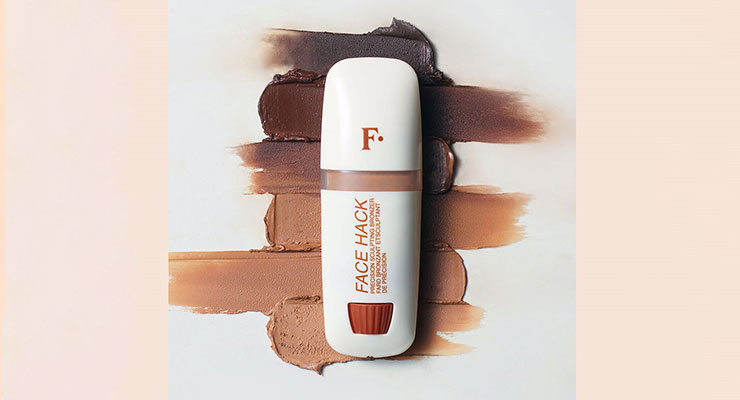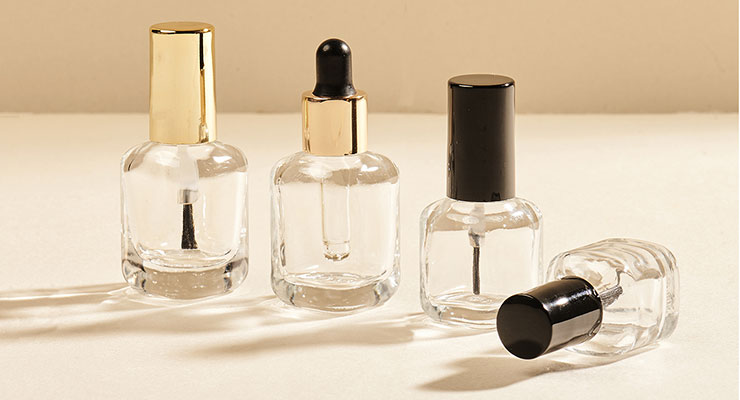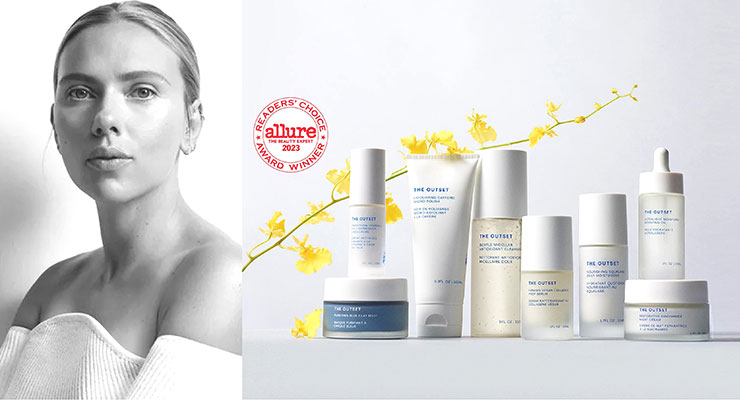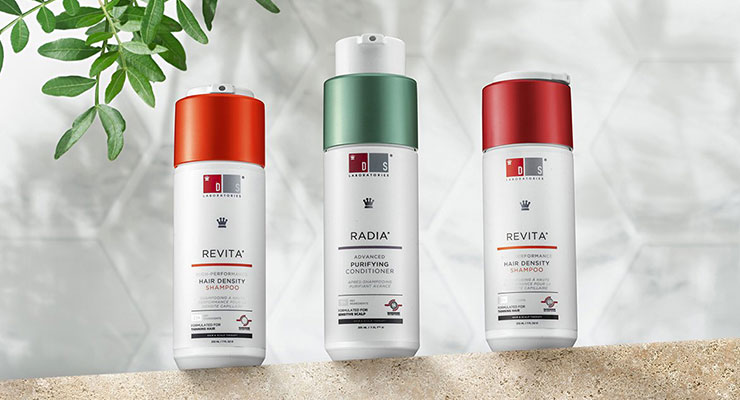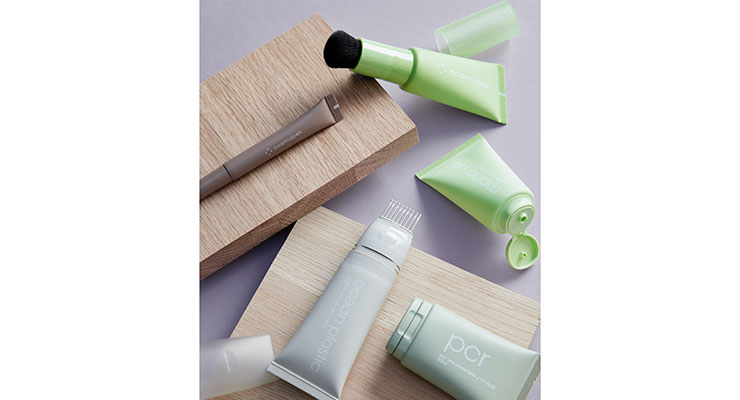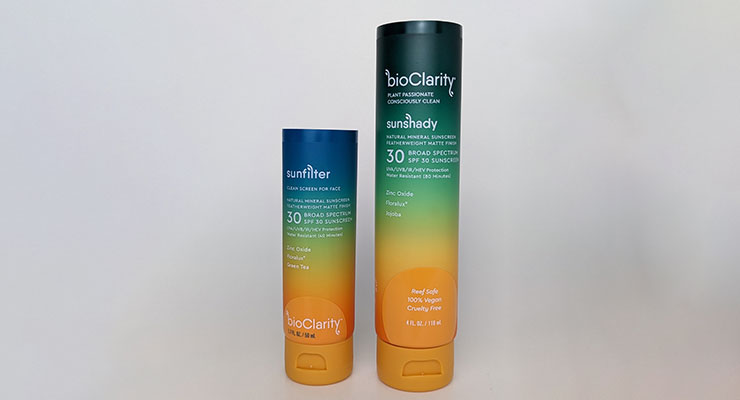Joanna Cosgrove, Contributing Editor07.19.23
No-longer basic, stock packaging now offers many of the sameecological considerations as custom packaging with near endless potential for customization and built-in speed to market.
Stock packaging can mean different things to different brands, but one thing’s for sure, it has a variety of benefits that make for success. Brands of all shapes and sizes appreciate the efficiency of stock packaging and rely on it for speed to market, customizability and cost effectiveness.
Manufacturers and suppliers of stock packaging are also rising to meet the challenges presented by the demands for more ecological options, offering stock componentry and configurations that are lighter weight and made using more sustainable materials.
“Speed to market is clearly the main motivator,” says Mike Warford, director of new business development, ABA Packaging Corp. “Try as they might, our many existing and new customers are finding it increasingly difficult to forecast and anticipate market shifts [and] stock packaging options allow them to react quickly to unforeseen opportunities while reducing the risk of stock-out situations.”
ABA Packaging has experienced an upswing in activity surrounding its stock glass bottle and jar products as well as its aluminum bottle, jar, cap, and tube offerings, and Warford says most plastic stock packaging conversations now include requests for the best eco materials and PCR content, with refilling options also receiving more consideration.
Stock packaging has also broken free of its “basic” reputation and, thanks to increased avenues for personalization, it can be whatever brands need it to be. “Brands are looking for unique packaging options that allow them to differentiate themselves in the market and connect with their target consumers on a more personal level,” says Márton Aranyosi, e-commerce manager, Neopac. “Stock packaging options that offer customization features such as color variations, surface finishes, and labeling…allow brands to create a unique look and feel for their products without the need for fully custom packaging.”
SportOud, a small startup from Germany, was intrigued by Neopac’s PICEA wooden tubes and reached out to the company for assistance in packaging a body butter. A 200ml PICEA wood tube was collaboratively developed through Neopac’s DigitAll360° online interface.
The PICEA tube is based on wood and bioplastic from renewable raw material sources. It consists of more than 95% renewable material and has a carbon footprint that is 40% better than a conventional PE tube. “[SportOud] chose a flip-top cap, which allows for easy opening and closing and also looks good on the finished product,” Aranyosi says. “The basic color of the tubes is beige, as sawdust is used in the tubes, which we get from German carpenters. The sawdust also gives the tube a special rough surface, which also makes it stand out from the competition.”
At Global Packaging Inc. (GPI), the aim is to align stock packaging offerings with the guidelines of brands and retailers while minimizing lag time that can hinder speed to market. “We strive to offer our customers solutions that come from various regions worldwide,” says Vinay Upasani, president, noting that GPI goes beyond offering conventional solutions solely from China. “Our stock solutions encompass products made in different countries, providing brands with an additional dimension of choice to better align with their unique requirements.”
One of GPI’s latest brand partnerships was with bioClarity, which resulted in the creation of a stunningly color graduated sunscreen tube made from one of GPI’s stock multilayer tubes. “We used three colors of gradient printing and two colors of silk screen printing to create this intricate look with the illusion of the sun at the cap end of the tube,” explains Upsani. “The package was finished by adding a custom color flip top cap.”
Advances in Alternative Materials
Many manufacturers are re-evaluating and updating their stock packaging portfolios to reflect an improved emphasis on sustainability and alternatives to virgin plastics.Pretium Packaging’s Marny Bielefeldt, vice president of marketing, says the most popular and practical sustainable stock solutions continue to be 100% post-consumer (recycled) resin, which processes well, and dramatically reduces greenhouse gas emissions compared to virgin resin. “We’re able to offer PCR from both traditional domestic curbside recycling programs, as well as certified ocean-bound PCR that is collected, sorted and processed in communities where ocean waste is of serious concern,” she says, noting that virtually all of Pretium’s stock molds can run 100% PCR with no change to the molds.
The emphasis on sustainability has challenged Pretium to re-evaluate its stock portfolio and reimagine ways to improve its carbon footprint, resulting in over a dozen new stock items that are lighter-weight, as well as several families of PET bottles in the 4- to 32oz size range that use up to 20% less plastic than previous bottle iterations. “We achieve the weight reduction using a reheat-and-blow molding process with preforms that are 10% to 20% lighter than our traditional injection stretch blow molded bottles,” explains Bielefeldt. “We’re now offering several families of liquid bottles that use these lighter-weight preforms, including cylinders, Boston rounds and cosmo rounds.”
HCT by kdc/one is also responding to the eco trend by expanding its mono-material offerings. “Our Flex Technology line is mono-material PP and is a more sustainable solution for a typical dropper,” says Ariel Kuzon, senior marketing director, adding that the company offers three different versions of this component to meet different sustainability goals. “Our stock tools allow customers to have the flexibility to create semi-custom components that really tell their specific brand story in an efficient way without having to go fully custom, which is more costly with longer production timelines.”
The company has been optimizing its popular stock items for improved sustainability. In fact, its newly revamped mono-material 100% PP Flat Balm Stick proved to be the perfect solution for Freck Beauty’s Face Hack Precision Sculpting Bronzer. Kuzon says Freck opted to customize the uniquely shaped dial stick with custom color and graphics to align it with their brand aesthetic.
With a history centered around recyclable glass packaging options, Baralan has expanded its sustainable stock packaging options to include an ecologically minded new collection that prioritizes the importance of waste optimization by promoting upcycling through use of organic scraps, such as coffee peel and rice. Aaron Chiesa, business development manager, explains that the organic scrap materials are mixed with virgin plastic, reducing the overall plastic resin content to create a more sustainable solution suitable for manufacturing a wide range of closures in Baralan’s standard collection.
“Items in this collection can also be made with varying percentages of PCR plastic (from 30% to 100%), providing tiered opportunities for upcycling,” he says. “Additionally, bio-based materials, produced with a biopolymer derived from renewable resources and natural materials not linked to the food chain, can be utilized to ensure full recyclability.”
Another feature of this collection, Chiesa says, is the ability to produce black items without using carbon black, which is notoriously challenging to recycle, because the new master batch will not be obtained through combustion.
Baralan’s newest Lilibet Series has modernized the classic shape of circular bottles by imbuing them with the strength of a square profile. The series is a product of Baralan’s “Beautytude” approach, which meshes current beauty trends and style themes with the concepts of clean beauty and sustainability.
“On top of being functional and adaptable to different product types, its slim shape also makes it aesthetically impactful,” Chiesa comments. “Featuring various capacities and neck sizes, the seven-bottle series is available in smaller sizes from 6- to 12ml, and in larger ones ranging from 15- to 30ml.”
New Strides in Eco Practices
Alongside the increased demand for plastic alternatives, material circularity and recyclability are headline eco issues, and so is the growing awareness surrounding the role of carbon emissions.“With the demand of PCR and recyclable bioplastics, the importance is the size of the components as it relates to the ability to recycle,” says Nick Gardner, co-founder, Element Packaging. “[However] many of the municipal recycling facilities (MRFs) in the US have size limitations in their screening process, allowing for most color cosmetic components to end up in landfills.”
To that end, Element Packaging has partnered with Oco Upcycling and is utilizing a carbon capture additive to create the first Carbon Capture packaging for the beauty and personal care industry. Gardner explains that Carbon Capture PCR packaging not only reduces greenhouse gases, it improves the durability and strength of the PCR, increases the multiple for recycling potential and its end-of-life cycle traps the carbon permanently.
Element recently partnered with Scarlett Johansson and Kate Foster in the development of their brand.
The Outset. Product development began in the latter days of COVID so supply-chain issues presented a unique challenge that was efficiently and economically solved with clean, classically simplistic stock componentry. “The choice of glass and PCR met the brand’s sustainability directives while the understated elegance of simple forms and shapes created the brand’s signature visual esthetics,” says Gardner.
In addition to a portfolio of sustainable stock solutions including Airglass and Airglass Slim refill systems, Makeup in Glass line and the Re Wood accessories collection, Berlin Packaging also staffs a dedicated sustainability team, and sources sustainable stock solutions from a global network of over 1,000 suppliers. “From sourcing to end-of-life, we quantify a package’s environmental impact throughout its entire lifecycle,” says Berlin’s Moira Stein, market insights and strategy. “With lifecycle assessments (LCAs), we can calculate a product’s environmental footprint–including its carbon footprint (greenhouse gas emissions) and its water, mineral resource, and fossil fuel use–to help our customers make informed, objective packaging decisions.”
The latest development from Berlin Packaging and its in-house design and innovation division, Studio One Eleven, is the MODA system, a stock-available polypropylene pump that passes the rigors of ISTA-6 OB protocols for up to 500ml bottles. “In addition to meeting e-commerce needs, the pump has a modern aesthetic and a locking pump actuator that reduces product waste,” Stein comments.
The accompanying HDPE bottle comes in 250-, 325- and 500ml sizes, and components can be made using PCR plastic and customized in various colors and finishes.
The versatile packaging system, which is e-commerce indicated for a variety of formulas, including shampoo, conditioners and body washes, was the right choice for DS Laboratories, which used the MODA system for several of their premium hair care products that needed to survive e-commerce shipping and distribution. Berlin added brand equity and premiumization by customizing the stock pump in multiple colors and finishes and incorporating the brand’s logo.
“Our designers also customized the companion bottle with a controlled neck finish, and a cross-functional Berlin Packaging team of experts helped certify the final system to ISTA-6 OB,” says Stein.
Because the concept of sustainability can vary from company to company, Cosmopak has introduced “cosmopak ecoforward,” a new framework that helps brands explore the company’s range of sustainable packaging options. “Our framework categorizes sustainability based on material type, objectives and offsets,” says Cassandra Boler, director of marketing. “Our expertise lies in assisting brands in sourcing specific packaging that perfectly aligns with their upcoming projects [and] to provide creative inspiration, and we periodically add new innovative items to our online gallery.”
Comopak’s latest line of stock packaging showcases an extensive selection of sustainable features ranging from innovative biomaterials to mono-material packaging options, broadening the company’s offerings to include ocean bound plastic, mono, paper, bio-resin and bamboo tubes; paper, wood and tin compacts; glass airless bottles, droppers and sprays; refillable aluminum deodorant stick, airless glass bottle, lip gloss and mascara vial; and mono-material sticks, compacts and droppers.
While the majority of HCP Packaging’s stock portfolio is available in PCR materials, reusability is a predominant theme in many of its new products, which include a variety of eco-friendly, refillable stock packaging options like the Dial Refill Compact and Ringo Refill jar.
The patented new Dial Pressed Powder Compact is positioned as a “planet-friendly solution without compromise for consumers who expect high-quality aesthetics and functionality but with a reduced environmental impact,” according to HCP Packaging’s Stephanie Rowntree, global product manager.
The compact is made of high-shine, mono-material PET for sustainability and durability. Snap-together integral hinges and an ergonomic design hold the pan in place without need for glue. Its two-piece cover option makes the mirror removable and retainable; integrated within the cover to reduce materials to a minimum while giving the mirror a second life.
“Most refill compacts feature fiddly, fragile frames which may not be robust enough for long term durability [but] the Dial Compact’s ‘twist to refill’ patented gesture is new and unique in the market; robust, secure and ergonomic for consumers.”
The 50ml Ringo Refill Jar features a reduced plastic design and a light-weighted “ring” base construction and a secure, click-fit configuration that facilitates inner pod refills and fuss-free consumer disassembly for easy recycling.
Happi!Mess selected HCP’s Echo 50ml PET Refill Jar for its A Cup of Cleansing Balm, an all-in-one makeup remover. Rowntree says the package meshed with the brand’s affordable, high-quality product philosophy while also delivering on a reduce, reuse and recycle ethos due to its ability to be refilled.
“For Happi!mess, the outer jar displays a contemporary yet premium thick-walled aesthetic; enhanced with matte spray for a frosted effect, decorated with simple screen printed artwork,” she says. “The refill packaging format reduces the amount of plastic waste created: the durable outer packaging is retained as the refillable inner pod is replaced—again and again. Additionally, the PP rechargeable inner pod and ABS cap are offered in PCR resins for a significant reduction in virgin materials.”

